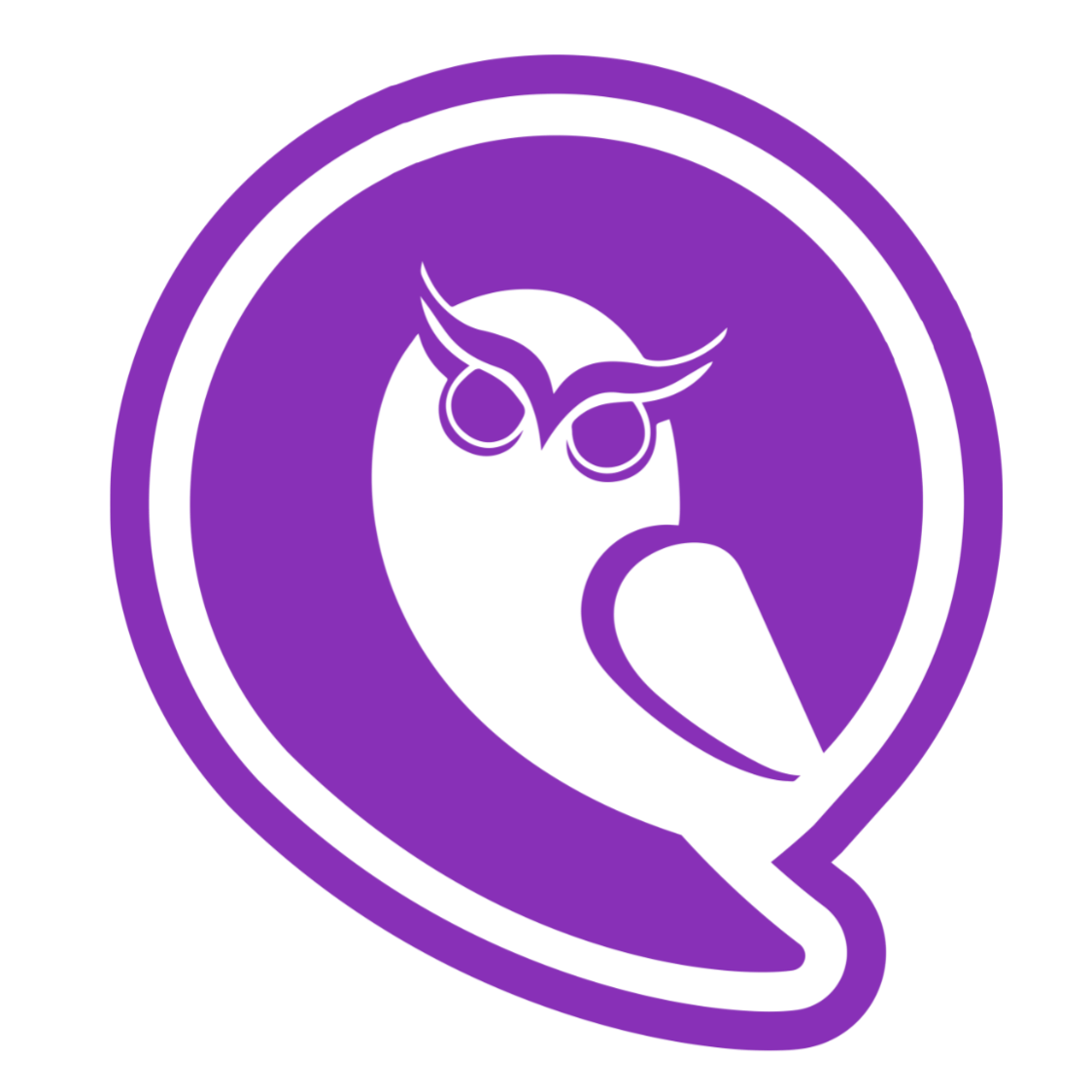Imagine losing your voice this instant—how would you handle it?
The thought of not being able to directly communicate your thoughts could be unbearable. The inability to express yourself in the language that you know could be very frustrating.
We could only surmise that a person who is the last living speaker of a native language would feel the same way; or maybe worse, because even in writing no one will understand him.
According to the United Nations Permanent Forum on Indigenous Issues (UNPFFI), it is estimated that one indigenous language dies every two weeks.
There are approximately 6,700 languages in the world today, but more than 4,000 of these are spoken by indigenous peoples who make up less than six percent of the global population. At the current rate of dying languages, 95 percent of the world’s languages may become extinct or seriously endangered by the end of this century. Most of these are indigenous languages.
In the Philippines, there are two languages that are already extinct, which according to the Ethnologue, are no longer used and no one retains a sense of ethnic identity associated with these languages. What is even disheartening is the fact that, when a language dies, a whole system of indigenous knowledge systems and practices ends with it.
The UNPFFI emphasizes that beyond being a form of communication, indigenous languages are integral to the identity, worldviews and visions of indigenous peoples. It is crucial to the preservation of their culture and is an expression of self-determination.
The United Nations Declaration on the Rights of Indigenous Peoples (UNDRIP), a landmark agreement that has been instrumental in protecting the rights of indigenous peoples worldwide, emphasizes the value of indigenous language.
It recognizes indigenous peoples’ right to revitalize, use, develop and transmit to future generations their languages, oral traditions, writing systems and literatures, as well as to establish their educational systems and media in their own languages and to have access to an education in their own language.
The Philippines, a signatory to the UNDRIP, has adopted the Mother Tongue-Based Multilingual Education (MTB-MLE) Program, which uses the mother tongue or the first language as the medium of instruction in primary school. While there are challenges in the implementation, we must strive to finetune the program to determine the necessary adjustments that will make it more successful not only in preserving our languages but also in ensuring that its usage will improve comprehension and literacy, and promote a sense of pride among students.
There are several other programs, mostly spearheaded by the Komisyon sa Wikang Filipino (KWF), that seek to revitalize our native languages, such as encouraging the use of indigenous languages in school papers, providing grants to partners to help document indigenous languages, organizing seminars to promote and preserve them. It has also published the Atlas ng mga Wika ng Filipinas, which documents the country’s native languages.
It is very important that we document our indigenous languages. However, it is simply not enough if our goal is to prevent them from dying. We must proliferate the use of our languages not only through speech but also in writing.
Moreover, in this era of advanced technology, we must already utilize digital tools to actively promote the use of our indigenous languages, because there is no better way to preserve a language than to support its continued practice. We must seek every opportunity to let our voices, our native voices, be heard.

